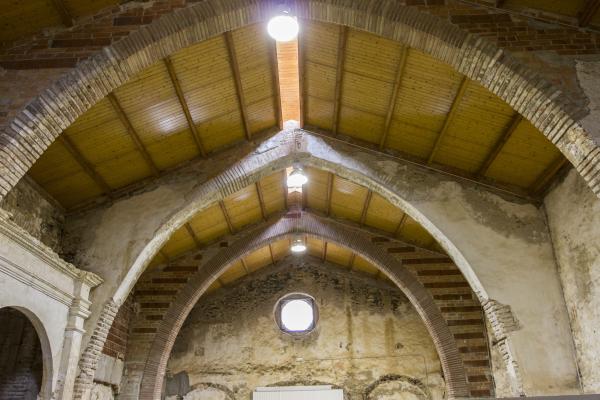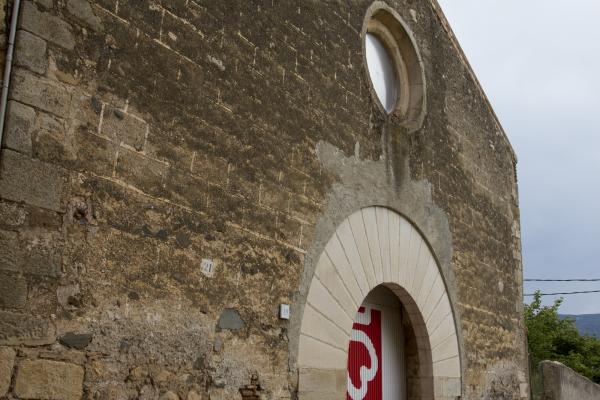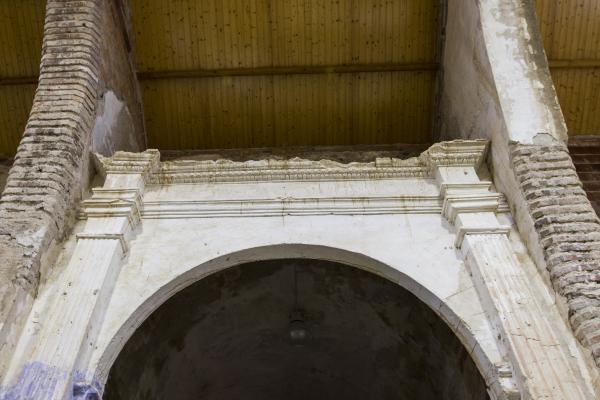The Capella de Sant Pau (Saint Paul’s Chapel, 13th C.) was built among the orchards that lay outside the walled town, along the road to l’Albiol. Around it, the first raval (neighbourhood outside the walls) grew up, known as Vilanova de la Selva. In the seventeenth century, Saint Paul’s Chapel served as a hospital for combating the plague.
Keywords: Gothic, Middle Ages, Raval, Chapel.
Saint Paul’s Chapel
Saint Paul’s Chapel was erected over the ruins of an earlier hermitage. Its date of construction is unknown but, in 1286, the paborde (Archbishop’s governor) had already granted Friar Ponç d’Amer permission to build it. The current chapel is dated around the turn of the fourteenth century. It is a late Gothic style, consisting of a rectangular nave accompanied by the presbytery (16th C.), the sacristy (16th–17th C.) and two side chapels.
Vilanova de la Selva
After the granting of its Carta de Població (Municipal Charter) in 1165, La Selva grew quickly and, by the thirteenth century, the first houses were being built outside the walled town. One of the first documented ravals (neighbourhood outside the walls) was Vilanova de la Selva, situated along the first section of the road to l’Albiol from the Portal d’Amunt (Top Gate). This growth could be measured when the bakeries within the walled town became unable to satisfy the town’s demands. To solve this, paborde Roger de Mirapeix granted the residents of Vilanova de la Selva the right to build one in 1345.
The Plague Hospital
On Camp de Tarragona plain, there is written evidence of epidemics of Bubonic plague, or morbo, from the first half of the fourteenth century. The epidemic also reached La Selva, where the town struggled to avoid contagion spreading through the population. In the seventeenth century, the plague was still making inroads into the La Selva’s population and so the Town Council agreed to create the Junta del Morbo (Plague Board), an organisation to attend to the problems arising from Bubonic plague contagion. In May 1651, this body agreed to transfer patients suffering from the plague to Saint Paul’s Chapel because of its distance from the walled town. Victims of the epidemic were buried in a grave beside the chapel, where the large chapel would later be built.
Desanctification of Saint Paul’s Chapel
During the 1936 Revolution, Saint Paul’s Chapel was sacked and its imagery destroyed. After the Spanish Civil War, from the 1940s onwards, it was desanctified and used as a warehouse. In the late 1990s, an initiative was started to restore the building and thereby avoid its collapse.





